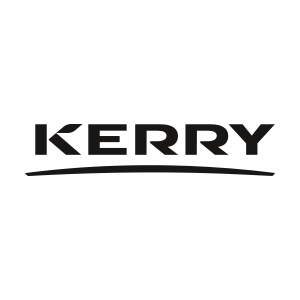Say hello to Deepr
The intelligent survey tool behind the loveliest Quant research you’ve ever seen.
These brands have enjoyed richer results from Deepr















We do Quant research differently
Deepr interacts with respondents in real-time—guiding, prompting and probing them to provide more authentic and detailed responses in much the same way as a focus group moderator. On the surface, it looks like a typical online survey, but the results will surprise you.
-

More open-ended questions
When survey respondents answer in their own words the results are revealing.
-

Quant evidence with Qual depth
Give stakeholders the evidence and the depth to make a truly informed decision.
-

Spread your budget further
Don’t get caught out when haven’t got budget for both Qual and Quant
-

Multi-market insights across the globe
Get quality insights from large audiences across international borders
-

No more hung juries after testing
Detailed responses eliminate indecision and support better decision making
-

Fast and iterative research
Customer research to match the speed of your design and strategy sprints.
Deepr probing for deeper insights
Deepr responds to verbatim answers with custom “probing” questions to clarify and enrich the responses.
-

Don’t know answers
If a respondent has written a verbatim answer saying they “Don’t know” or are “not sure”, or similar, Deepr can be programmed to show a prompt. This might involve re-phrasing the question or showing some example answers.
-

Short answers
If a respondent gives a one or two words answer to an open-ended question, they can be asked to write more.
Potentially this instruction can include suggestions to help the respondent think about the subject.
-

Incomplete answers
Sometimes open-ended questions can contain two parts. This might be along the lines of What did you do, and why did you do it?
Deepr can check whether a respondent has answered both parts of such questions, showing an appropriate instruction if this is not the case.
-

Probing on keywords
The questionnaire designer might want to know respondents’ thoughts on a particular subject, but without prompting or influencing them by making reference to it in a question.
So, they can ask a general question about the subject, and then one of several different possible follow-up questions, depending on whether the keyword was contained in the respondent’s answer.
“You get the richness of qualitative married with the robustness of numbers. So it helps you in decision-making. A qual output with a sample of 40 or more means there is more confidence behind those insights.”
— Shomik Ray, Senior Brand Manager, DiageoHOW DEEPR WORKS
Deepr is an innovative interviewing tool that can engage with respondents in real-time, guiding them through the experience and probing for further detail.
Typically we recruit from access panels. Rather than recruiting in advance, as would be usual with qualitative research, we do so in the same way as for quantitative research. In other words, respondents are screened out if they do not meet the qualifying conditions, if they are out of quota, or if they do not meet our quality control standards.
The success of the Deepr approach depends not just on our software, but on the way we design questionnaires.
MORE ABOUT DEEPR
A Deepr questionnaire would usually contain a mix of closed and open-ended questions, with interview lengths being anywhere from 10–30 mins.
Sample sizes can be from tens to hundreds of respondents.
Deepr fieldwork can be staggered, with questionnaires or stimulus materials updated after a certain number of completed interviews.
Deepr projects can be run globally.
Questionnaire design, and the analysis/presentation of results, can be undertaken by you, or us.
THE DEEPR PROCESS
What happens in a Deepr study?
A survey respondent enters a verbatim answer to an open-ended question.
The Deepr software checks for the presence or absence of particular keywords or phrases within that verbatim answer (as determined in advance by the questionnaire designer)
Depending on the contents of the verbatim answer, pre-determined prompting instructions or follow-up “probing” questions are shown to the respondent
Deepr case studies
Photos on this page by Joshua Rawson-Harris, Alexander Dummer and Brooke Cagle on Unsplash









